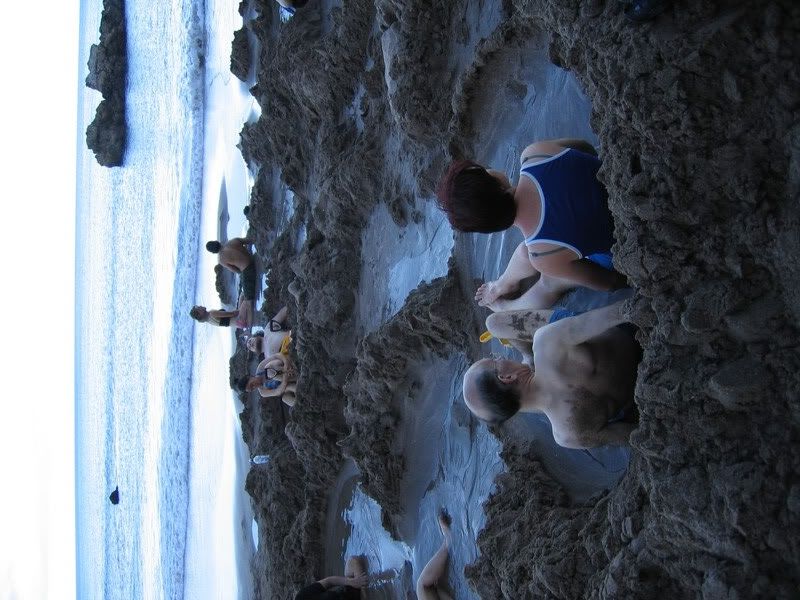Lake Wanaka
Dear Mom,
Having our own car is so nice. You can venture outside of places, explore smaller roads and really pursue your own interests. Today we took the car out on the peninsula for some wildlife exploration. Saw some amazing birds, moderate quantities of the endagered yellow-eyes penguins and a native New Zealand fur seal rolling around like a blob on the beach.
Well, that's it! I'm off on my last week stretch. Met up with Sarah last night in Christchurch for some dinner (good cheap noodles) and a film (called Children of Men, AMAZING but violent).

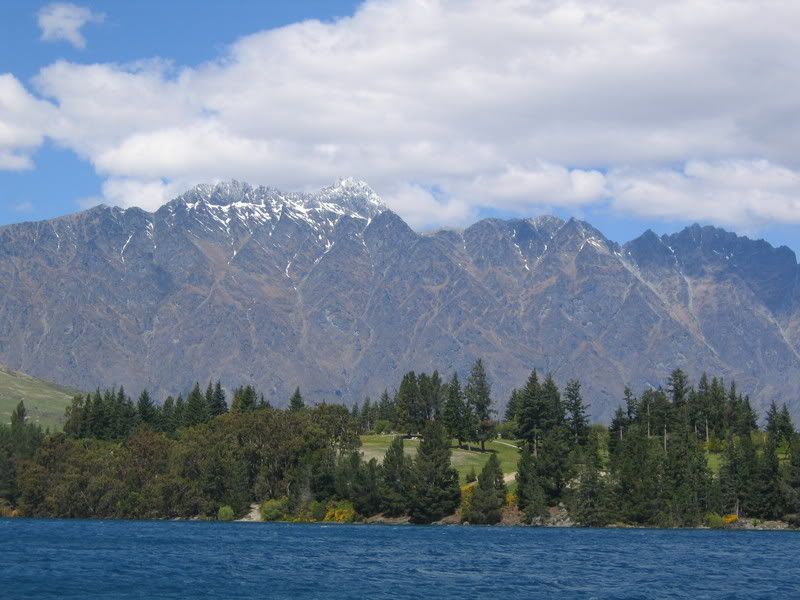


In Queenstown now after a bit of a sleep in. We all went out as a group one last time last night didn't get back until quite late. It's really the first time I've stayed out too late in New Zealand...I'm not much for bars but I tried to stay awake for as long as possible last night. Had a big breakfast this afternoon and now I'm going to have a walk around on this gorgeous blue sky day.

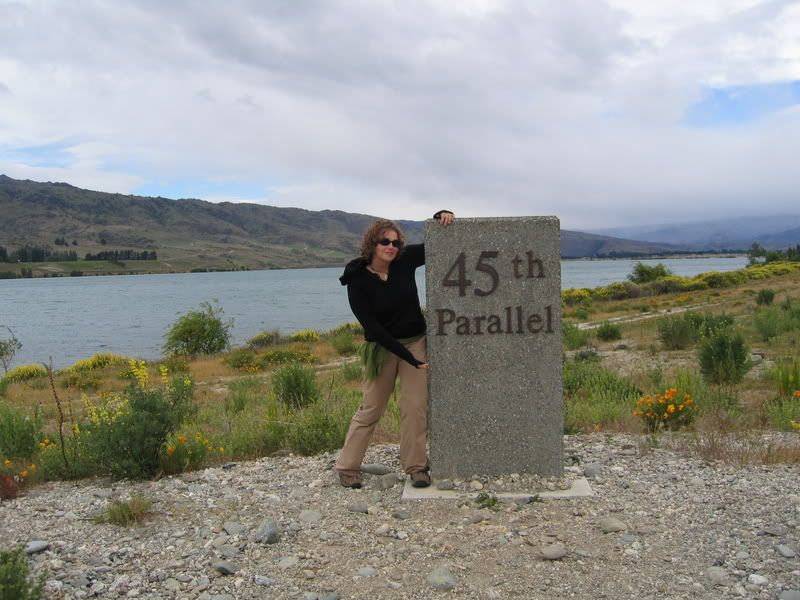
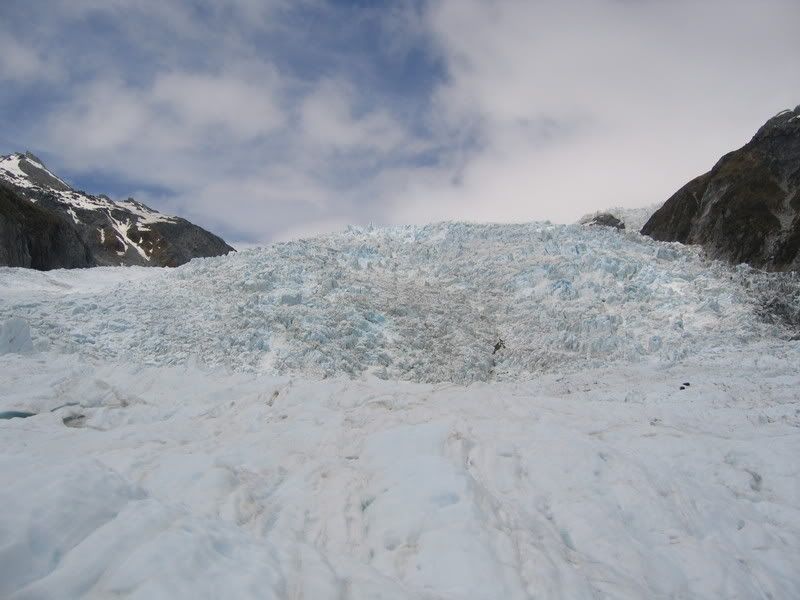
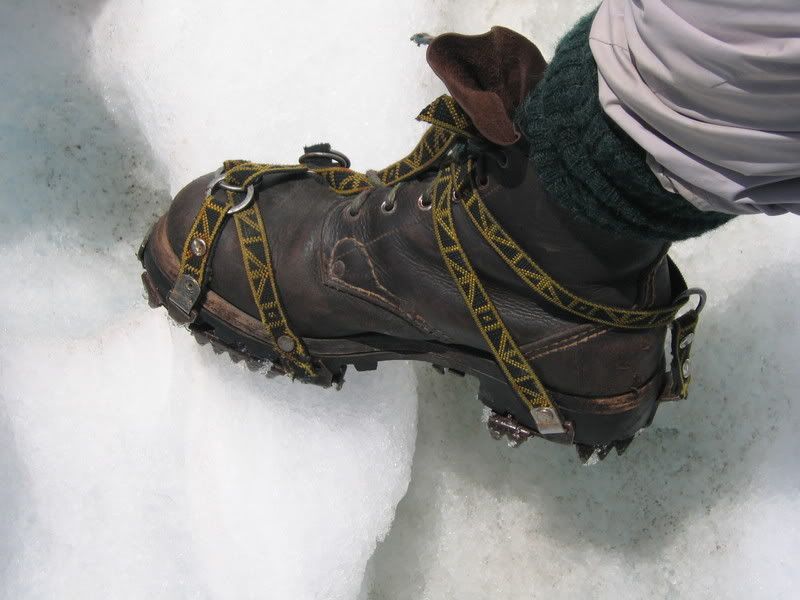
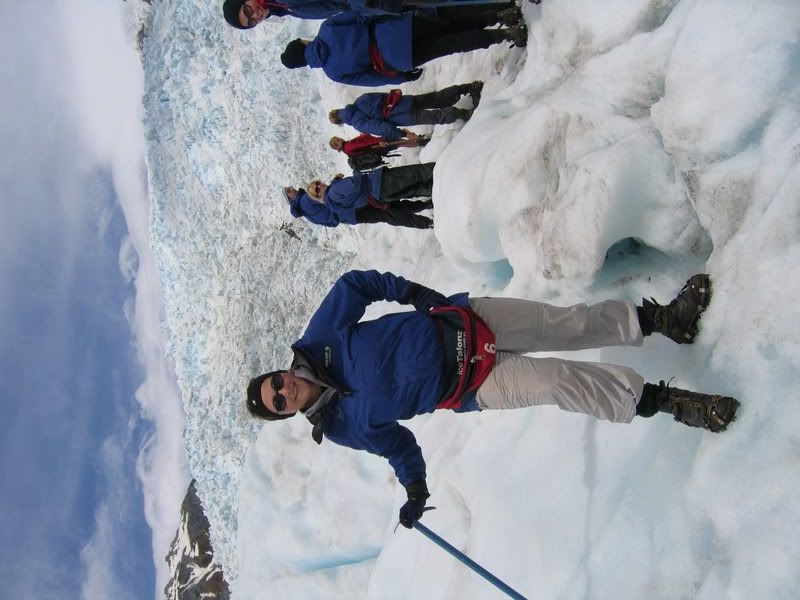
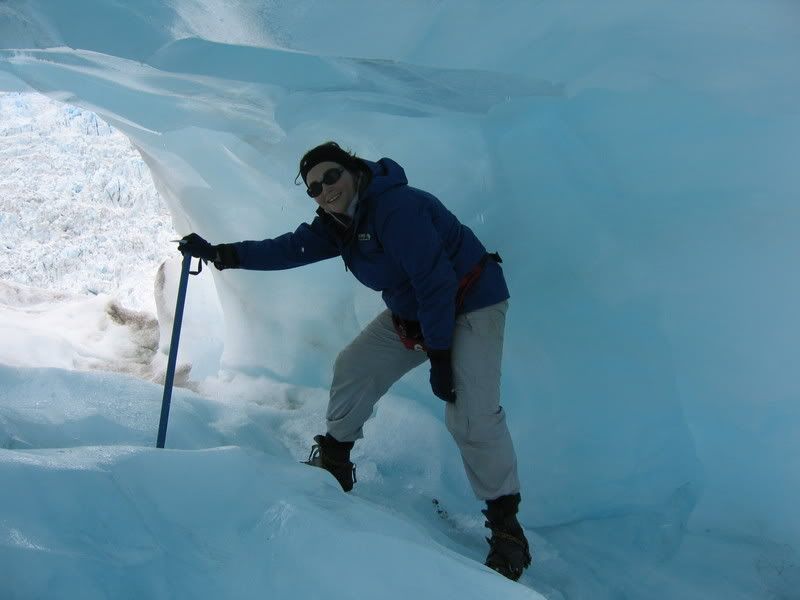

Hikers on the glacier (gives you some perspective)

The helicopter landing on the glacier
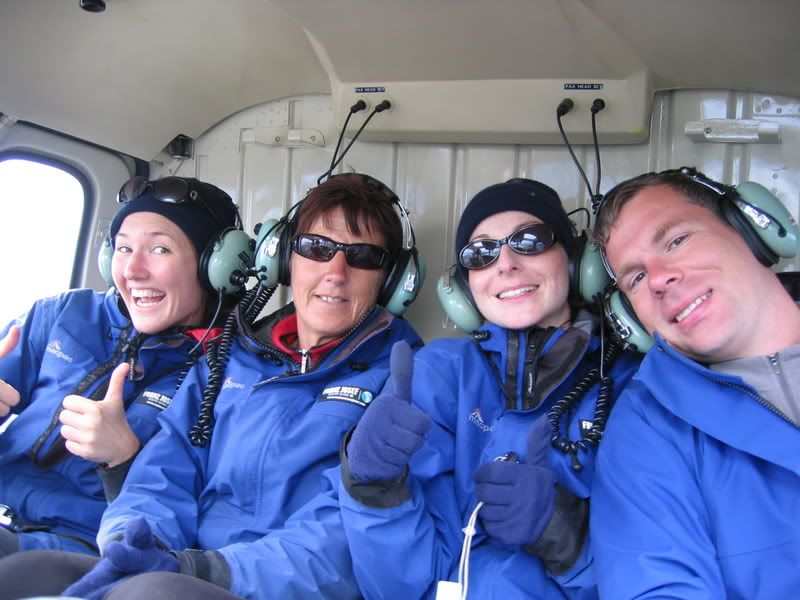
My Stray Travel family in the helicopter
Well the West Coast continues to blow me away. We're in Franz Joseph right now and depending on the weather tomorrow I'll take a hellicopter up to the top of the glacier for a hike. Below is a view of the town.

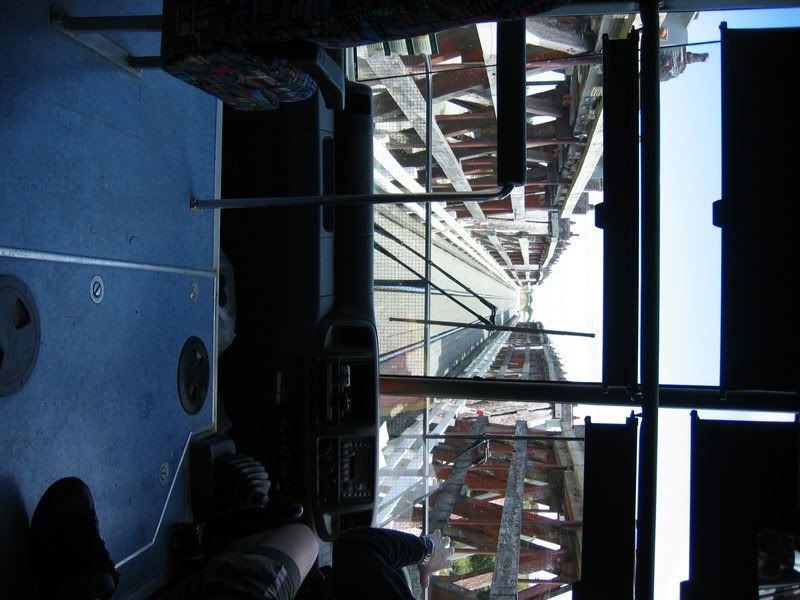

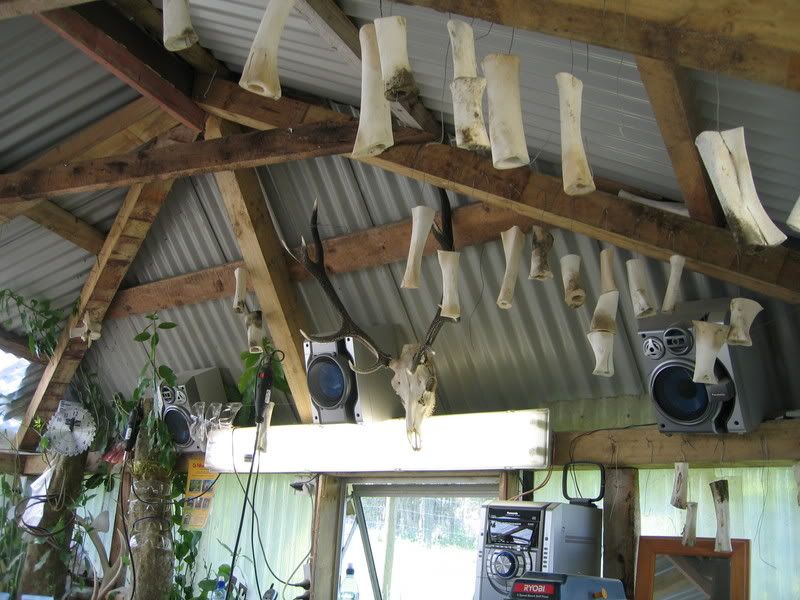

Well, I'm officially on the South Island now and it's so beautiful I can barely breath sometimes. About 1/4 of New Zealand's population lives here (1 million people), so you can imagine how remote certain places can be, particuarly on the south coast which is where I am right now.


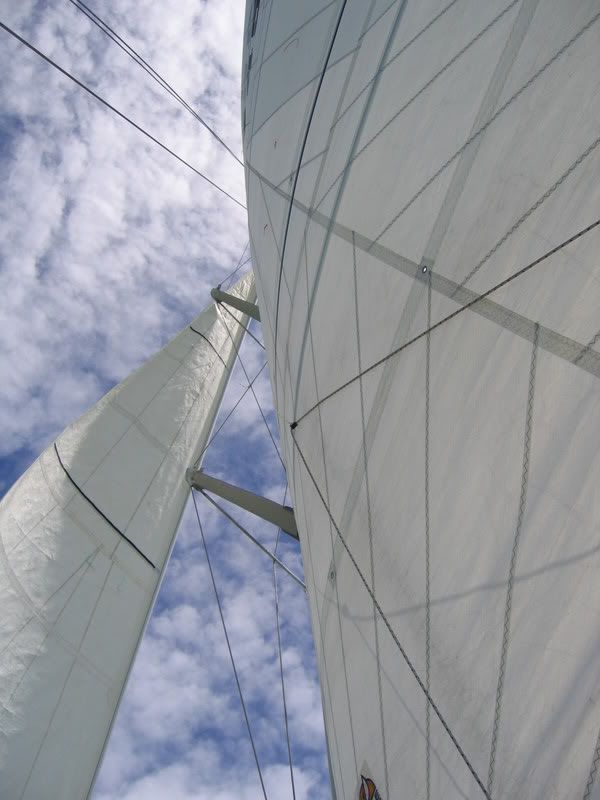 The boat, of course.
The boat, of course.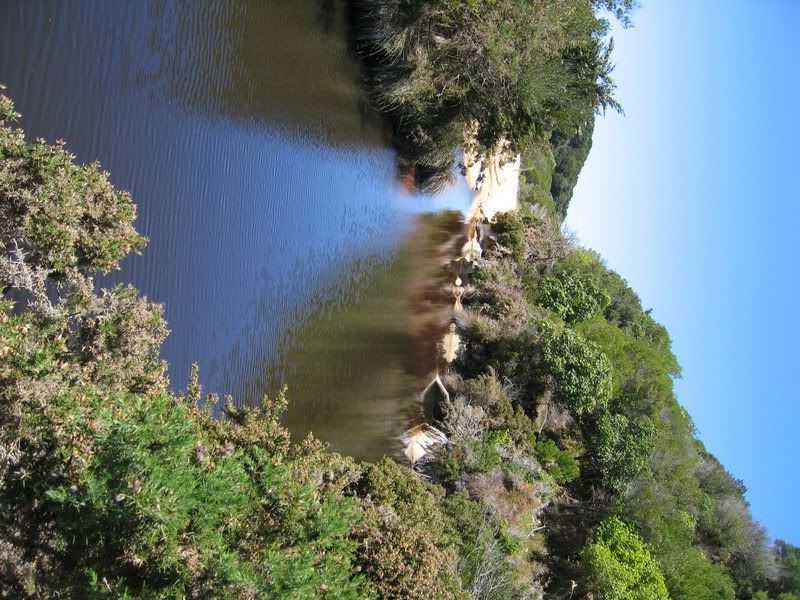
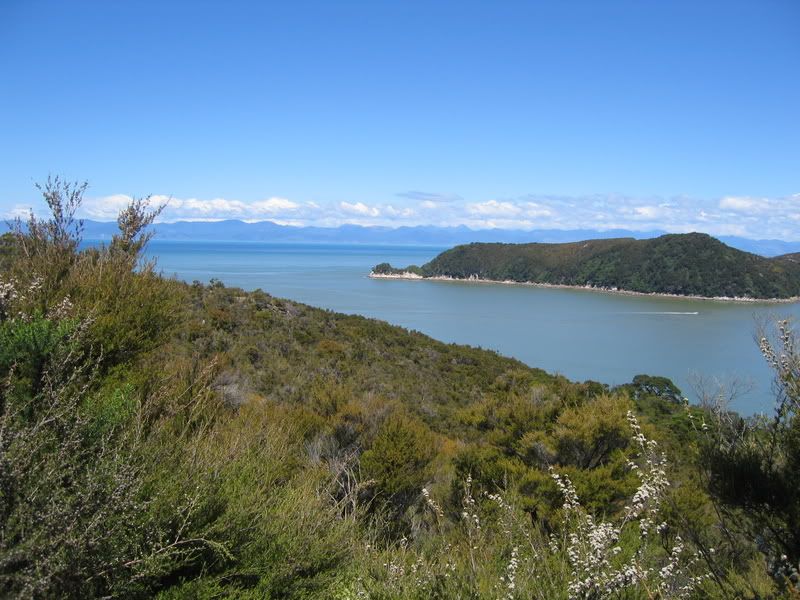
 This is the view from our backpackers, Old McDonald's Farm. They have llamas, peacocks, bulls, dogs, cats, etc. This place was unreal. Apparently they have WWOOFING up the road, and I'll seriously consider working here. There is a community sculpture garden and some great art being made around the area.
This is the view from our backpackers, Old McDonald's Farm. They have llamas, peacocks, bulls, dogs, cats, etc. This place was unreal. Apparently they have WWOOFING up the road, and I'll seriously consider working here. There is a community sculpture garden and some great art being made around the area.Unfortunately I didn't get to see much of Wellington today because of the awful weather. I almost got thrown into the road last night walking back home when the wind sent two giant refuse recepticles straight at me. I did the whole good citizen thing by gathering up all the glass on the street and trying to reposition the garbage cans but I'm sure it was hopeless...the wind must've taken them all the way down the street.

DAY 6: Wellington
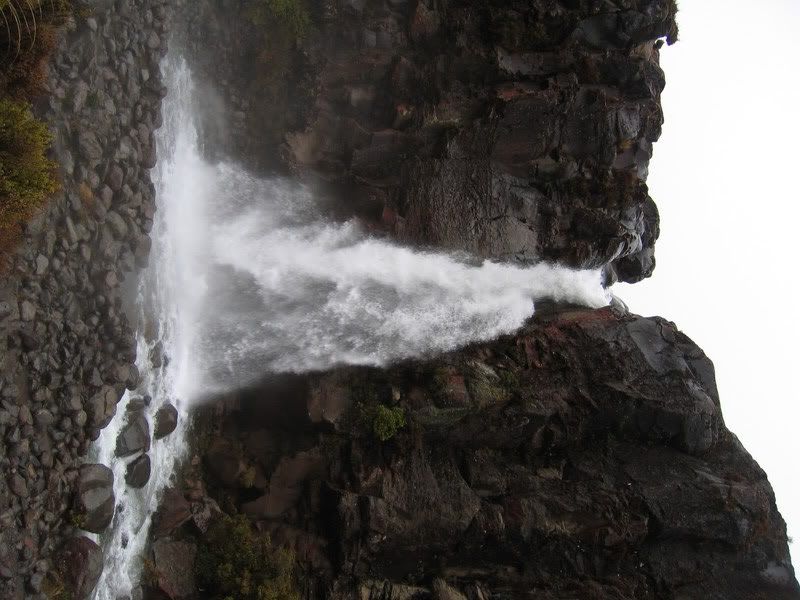
Here is a fairly descent description of the trek from the web:
This pleasant easy walk begins and ends in Ngauruhoe Place, which is situated 100m below Whakapapa Visitor Centre.
The walk has excellent views of Ngauruhoe, Ruapehu and the contrasting vegetation and differing land forms.
The lower track passes through open tussock and alpine shrublands before entering beech forest. On a clear day the symmetrical cone of Mt Ngauruhoe and the older more eroded mountains of Tongariro and Pukekaikiore can be seen.
After entering the mountain beech forest, the track descends to the Wairere Stream, then climbs alongside it, passing the Cascade Falls. The forest consists mainly of large mountain beech trees, shiny broadleaf, mountain five-finger, umbrella ferns and mountain toatoa. Small native birds such as whiteheads, greywarbler and rifleman are commonly seen.
Once the track emerges from the forest it passes over Wairere Stream with impressive views of a small narrow gorge.
Uphill from here the first view of the Taranaki Falls is obtained, as the Wairere Stream spills over a 20 metre cliff into a boulder ringed pool.
This cliff is the edge of an andesite lava flow, estimated to be 15,000 years old, from a vent on Mt Ruapehu. The Wairere Stream now flows over the lava that originally displaced it, and is slowly eroding a channel through it.
The trail from the falls climbs up through a forest of mountain toatoa before joining the Tama Lakes track. Here the track turns right to cross the water worn rocks of the Wairere stream and climbs the shoulder of the lava flow, now covered with red tussock. Fine views of Mt Ruapehu, The Grand Chateau, and surrounding farm land beyond the Park boundary make this a popular resting point.
Native birds likely to be heard in this area are pipits, fern birds and occasionally sky larks.
Returning towards Whakapapa Village, the track crosses an interesting series of eroded gullies. This erosion is caused by the natural effects of wind, rain and frost action on volcanic soils.
As the trail begins to sidle around the tussock shrub land and the slopes of Mt Ruapehu, it merges with the wider old Waihohonu horse trail. Here, various layers of pumice and ash from previous eruptions are exposed. After passing through the last patch of bush, the track emerges again into red tussock and manuka, leading easily back to Whakapapa Village.
Staying in the National Park (2nd designated park in the world, second to Yellowstone) at an incredible hotel overlooking Ruapehu and Ngauruhoe. A view from around the hotel:

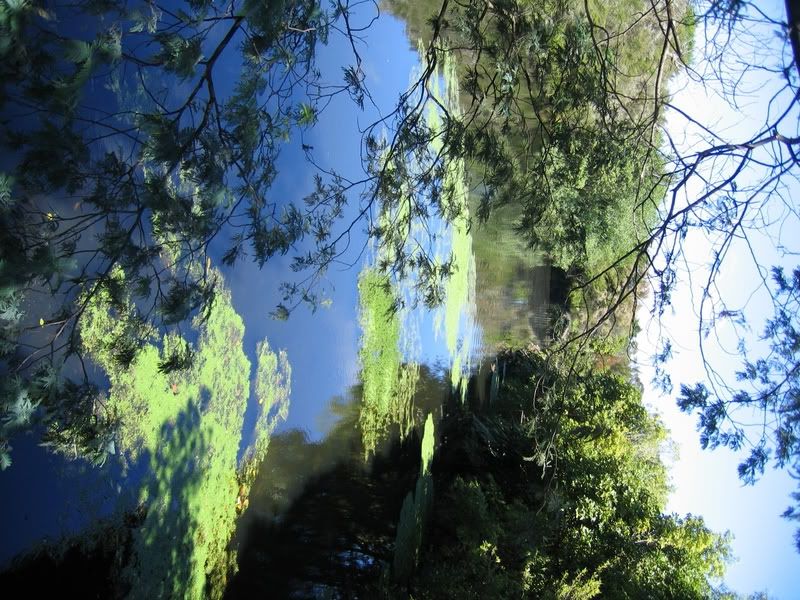
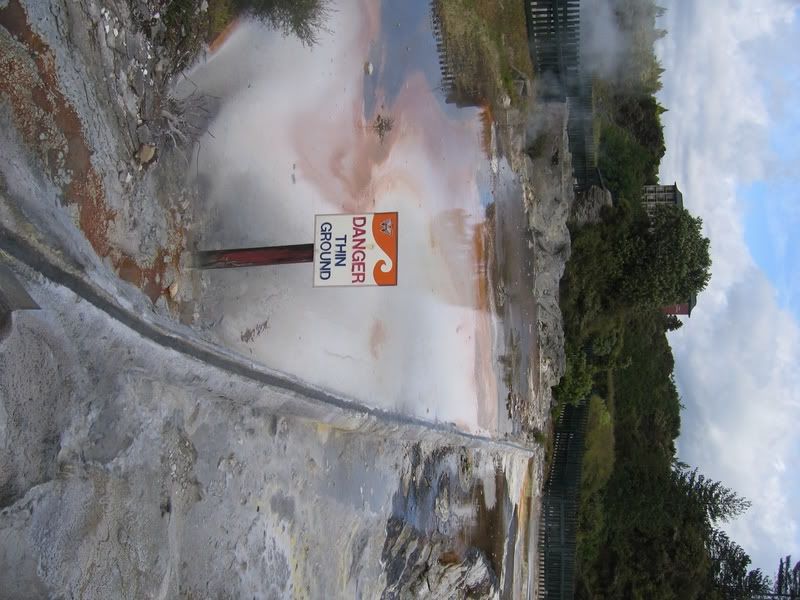 The entire town smells of eggs as it is so volcanically active and steam pours out of orifices covering the entire city. After some time I came across the government gardens that are so large, expansive and treeless and covered with Pukekos (a native New Zealand bird—black with a red beak and red legs). I found a rose garden with the most wide and open petals in every color—crimson and buttercup and sorbet orange. Behind the rose trellises there stood an extremely tall weeping sequoia, which made me think of my dear friend Marie from Warrior.
The entire town smells of eggs as it is so volcanically active and steam pours out of orifices covering the entire city. After some time I came across the government gardens that are so large, expansive and treeless and covered with Pukekos (a native New Zealand bird—black with a red beak and red legs). I found a rose garden with the most wide and open petals in every color—crimson and buttercup and sorbet orange. Behind the rose trellises there stood an extremely tall weeping sequoia, which made me think of my dear friend Marie from Warrior.
Venturing out at night I went with some fellow travellers to the contemporary baths, which were so incredibly relaxing. So far I’ve been to three hot pools in NZ (one on Coromandel, one in Tuaranga on the N. Island's east coast and to now Rotorua’s). By far the Polynesian spa is the classiest, with 4 pools of varying temperatures (ranging from 39-41 degrees Celsius). Today we went to a Maori village on the way out of town which I don’t even want tot talk about because it was so over commercialized. There were a couple of thing, though...the village cooks all their food in Hangi style using the heat from the earth as a source. They have steam boxes around the village that they place their meat in to cook, which takes about 3-4 hours. Below you can see a woman pulling corn wrapped in cheese cloth. The corn takes about 10 minutes in this hot pool which ranges from 90-110 degrees celsius.
The decorative top of a church and meeting house that archetectually represents the human body (door-mouth, windows-eyes, beams are arms and legs).
Now in Taupo for the night (NZ's largest lake—46k. It can fit Singapore in the center of it) Went to a yoga class because I was feeling so antsy on the bus all day. It did relax me a lot but it was a beginner's class so it was a little boring.
DAY THREE: Waitomo Caves



DAY TWO: Raglan
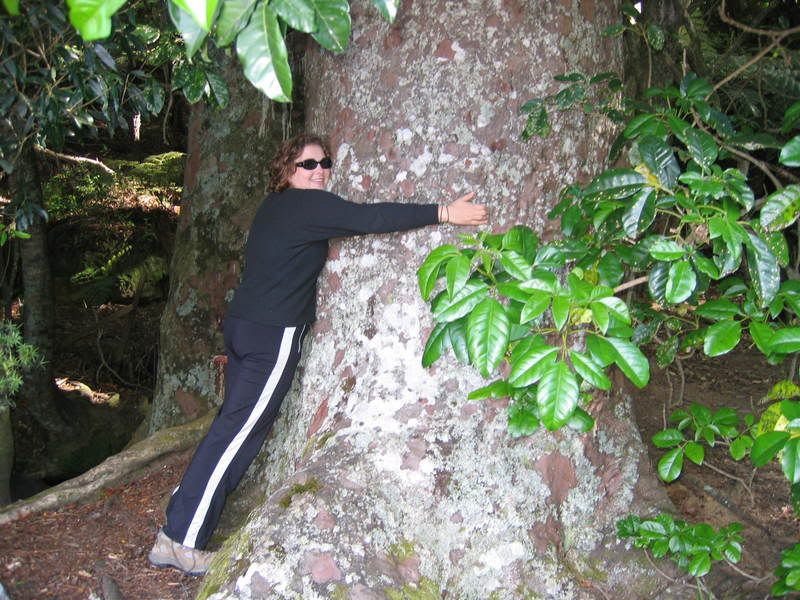
DAY ONE: Coromandel, Hahei, and Hot Water Beach
